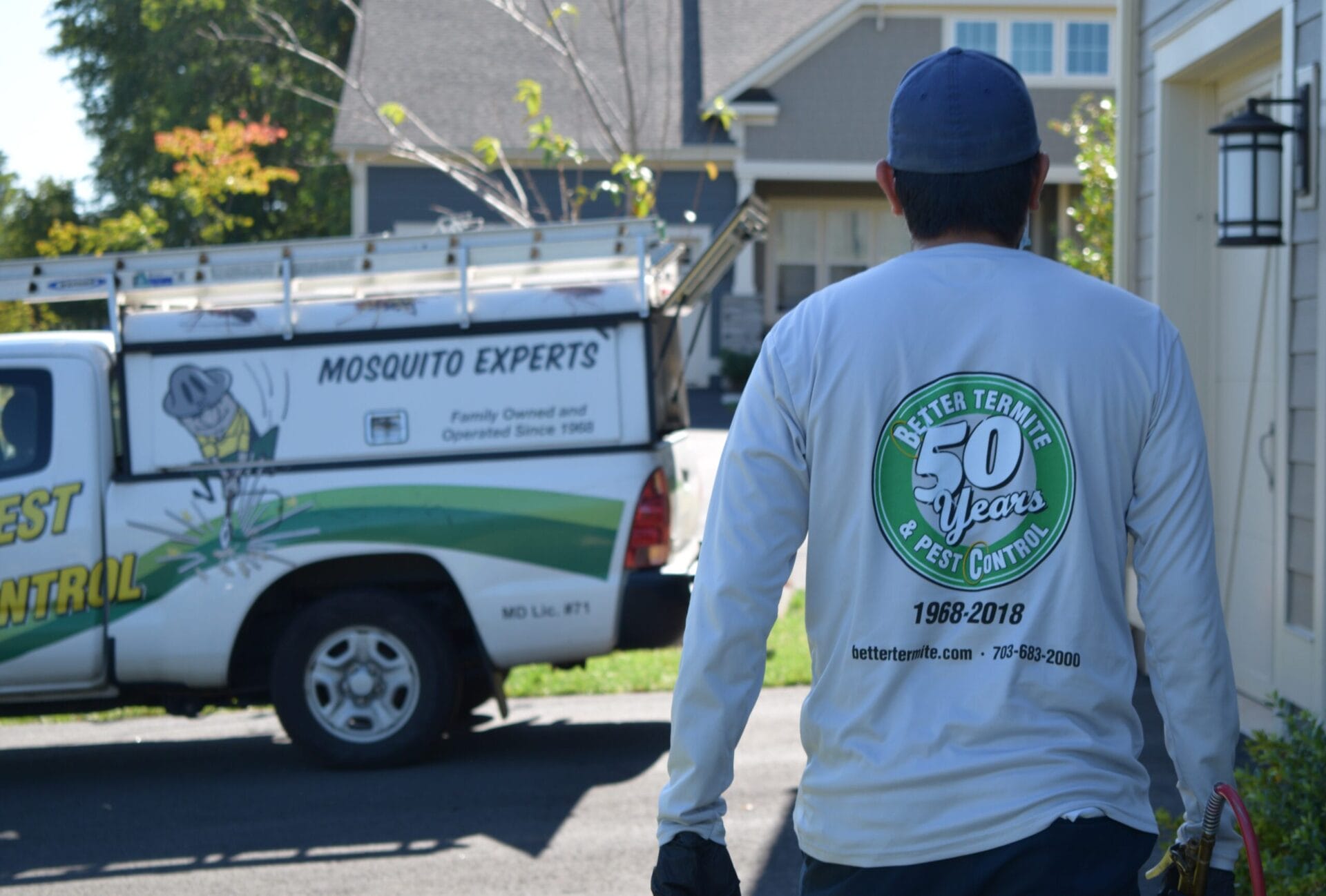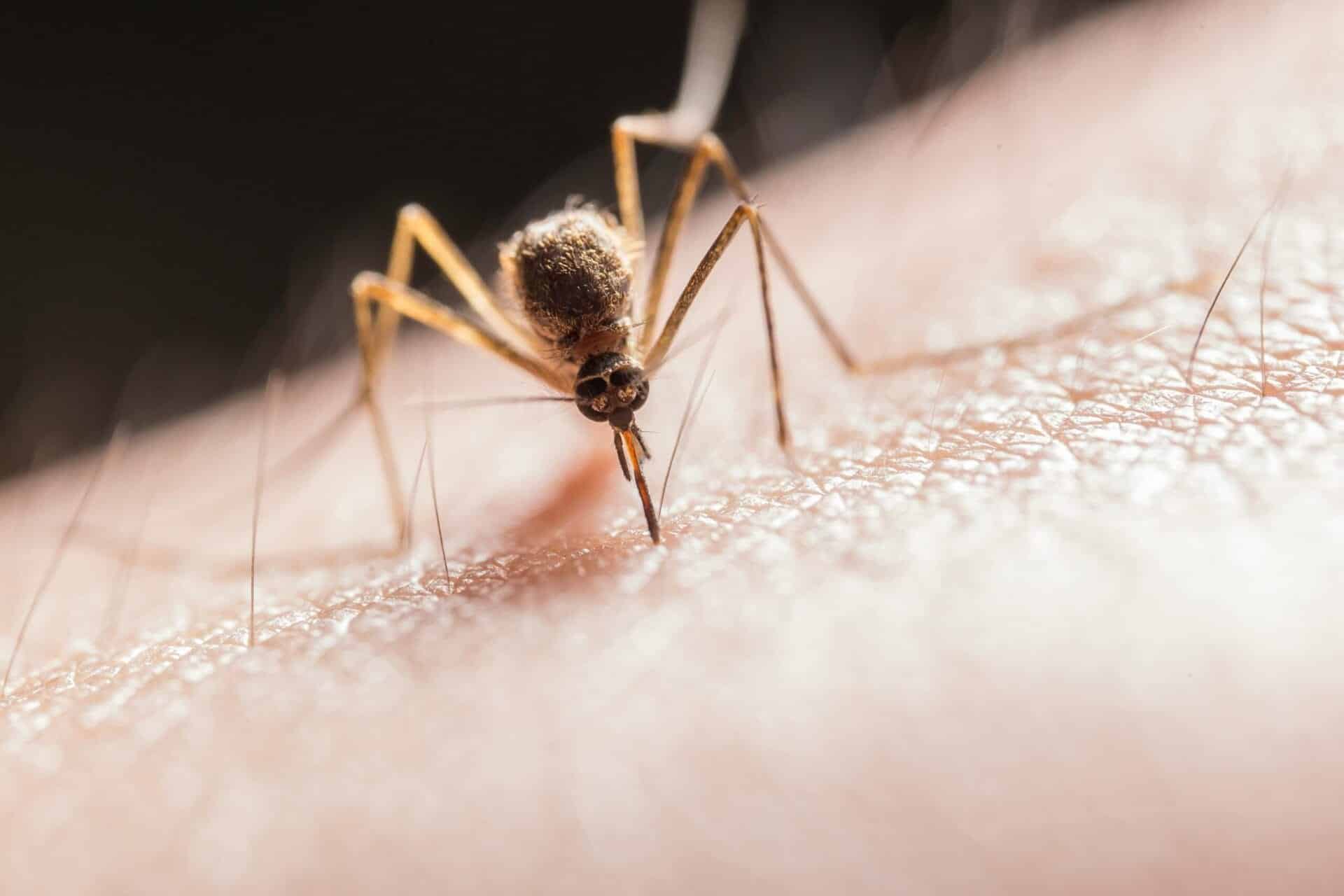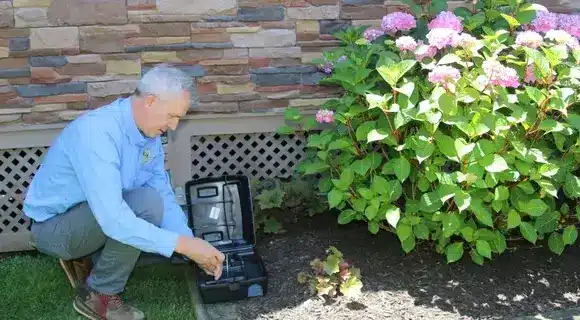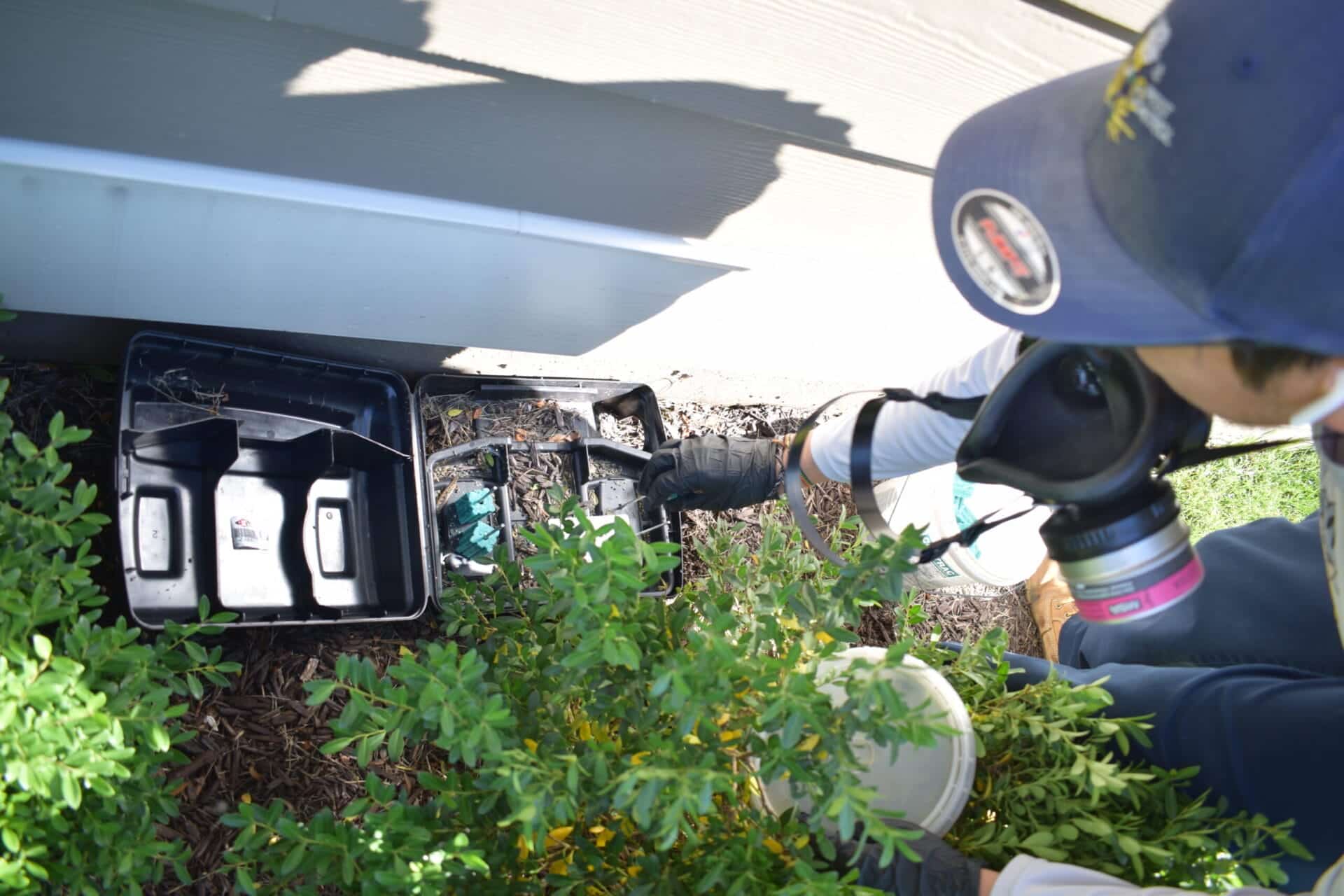


Many folks assume bumble bees die after a sting. That myth comes from honey bee biology. As a registered technician and amateur entomologist in the DMV area, I’ve dealt with stinging bees, wasps, and yellowjackets for years. Let’s clear up how stings work, what reactions to expect, and how to handle a nest.
The big question is: do bumble bees die when they sting? Homeowners worry that a single sting kills the bee. That can shape how we view these pollinators around our homes.
People often hear that bees die when they sting, but that only applies to honey bees. Honey bees have a barbed stinger. The small barb catches in skin, tears out part of the bee’s abdomen, and can disembowel the honey bee. To sting, or not to sting? explains why.
Unlike a honeybee, a bumblebee has a smooth stinger. Its stinger won’t get stuck in the skin, so the bee survives. That lack of barbs means bumble bees don’t die after stinging.
A bee’s stinger is a key part of its defense mechanism. For more on honey bee stings, see our Honey Bees page. Understanding the anatomy helps explain why most bees survive a sting.
Only female bees can sting. The abdominal ovipositor evolved into a needle-like stinger in female bumble bees. A male bee can’t sting since it lacks this organ.
The stinger acts like a tiny hypodermic needle to inject venom. Thanks to smooth stingers, bumble bees can quickly pull it back without harm.
A bee’s stinger is a modified ovipositor used by all female bees. Some species don’t have stingers at all, so males are harmless around hives.
Bumble bees can sting multiple times if they feel threatened. They hold their stinger firmly and are capable of stinging more than once. A single bumblebee can sting multiple times because its smooth stinger never catches.
Their smooth stingers slide in and out easily. Unlike a honeybee’s barbed stinger, these smooth stingers won’t tear out.
Stinging is a defense mechanism for bumble bees. They rarely attack unless they or their nest feel threatened.
Carpenter bees drill small holes in wood but don’t form colonies. Wasps like Yellowjackets and hornets also have smooth stingers. For details, see our pages on Paper Wasps and Bald-Faced Hornets.
Most insect stings, including bumble bee stings, cause mild pain and swelling. A bee sting usually leaves a small welt that fades within hours. But rare allergic reaction can lead to anaphylaxis.
When you get stung by a bee, expect a sharp pinch and a red bump that may swelling. Ice packs and time usually ease the discomfort.
Large local swelling can last days but stays near the sting. A systemic allergic response, with hives or trouble breathing, needs urgent care.
Watch for hives, throat tightness, dizziness, or rapid pulse. Severe anaphylaxis requires epinephrine and a call to 911.
If you’re stung by a bumble bee, quick first aid helps. Start by checking for a stuck stinger.
Use a credit card edge or fingernail to scrape out the stinger. Avoid squeezing, which can inject more venom.
Apply an ice pack to reduce swelling. You can also take an antihistamine or pain reliever if needed.
If you suspect an allergic reaction or see redness spreading beyond the sting site, get medical help. Anyone with a known sting allergy should carry an EpiPen.
Bumble bee nests are usually underground or in wall voids. Spotting them early can prevent surprise stings.
They often nest in old rodent burrows, compost piles, or under sheds. For more on nest spots, see What to do if you find a bumblebee nest.
Carpenter bees drill wood tunnels but don’t swarm. Paper wasps build umbrella nests, and hornets hang large paper nests. Check our Paper Wasps and Bald-Faced Hornets pages for more.
It’s best to call a professional if a nest sits near a door or play area. As a registered technician, I recommend expert help for large nests.
If someone in your home is allergic or the nest is in a busy spot, reach out to licensed technicians. We cover this in Pest Control Bethesda and Pest Control Arlington.
If you’re not allergic and want to try a DIY move, work at night with a red light. Wear protective gear and gently scoop the nest into a box. For step-by-step tips, see NC State Extension’s Emergency Bumble Bee Nest Relocation!.
Most bumble bees aren’t protected, but the rusty patched bumble bee is endangered. Disturb nests only as a last resort and check local regulations.
You can deter future nests by removing burrows and sealing gaps in walls or decks.
Fill rodent holes, seal weep holes, and patch gaps around doors and windows.
Keep grass trimmed, clear leaf piles, and move compost away from house foundations.
Bumble bees are key pollinators. Consider adding a bee box or planting native flowers away from high-traffic zones.
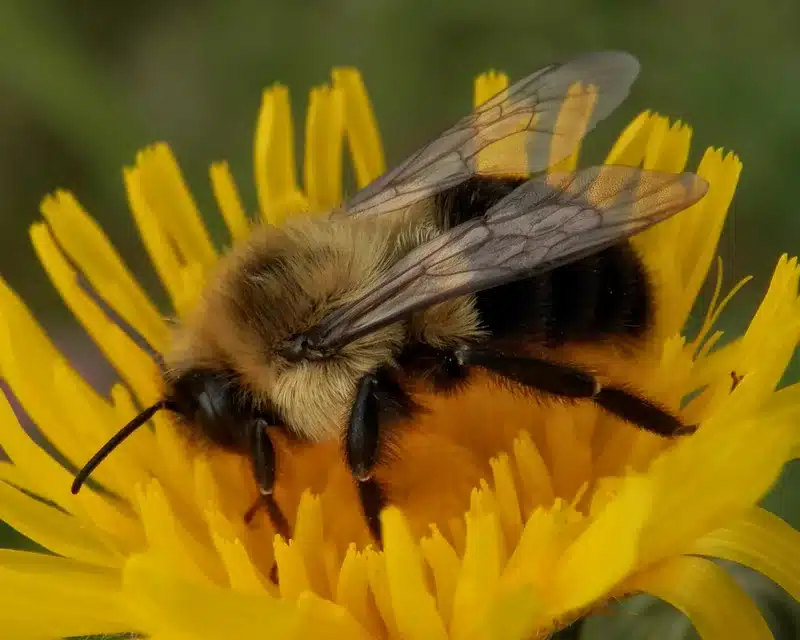
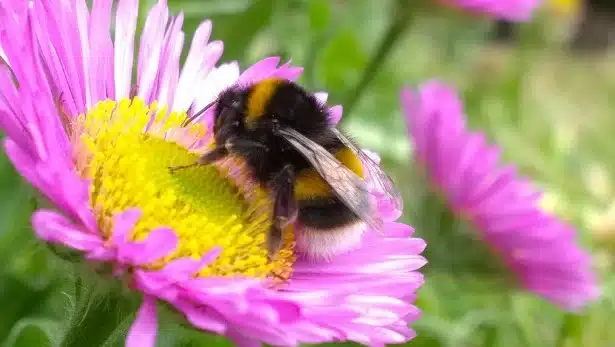
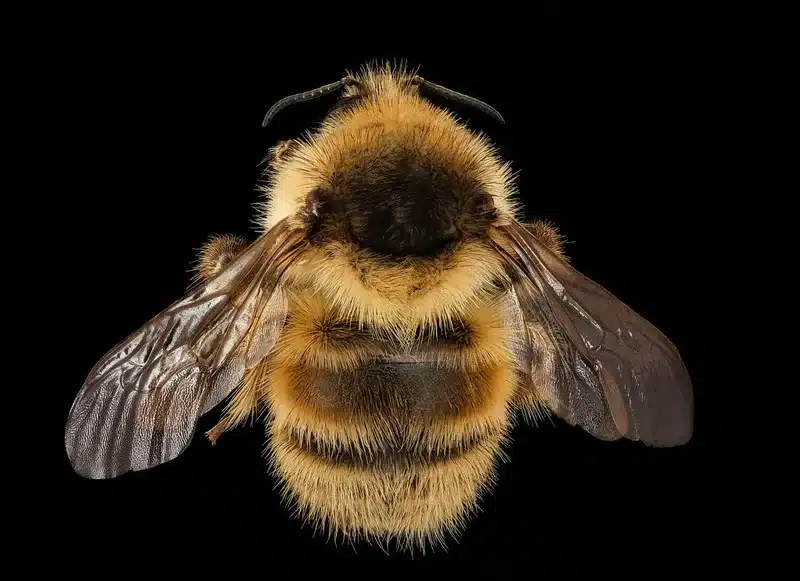
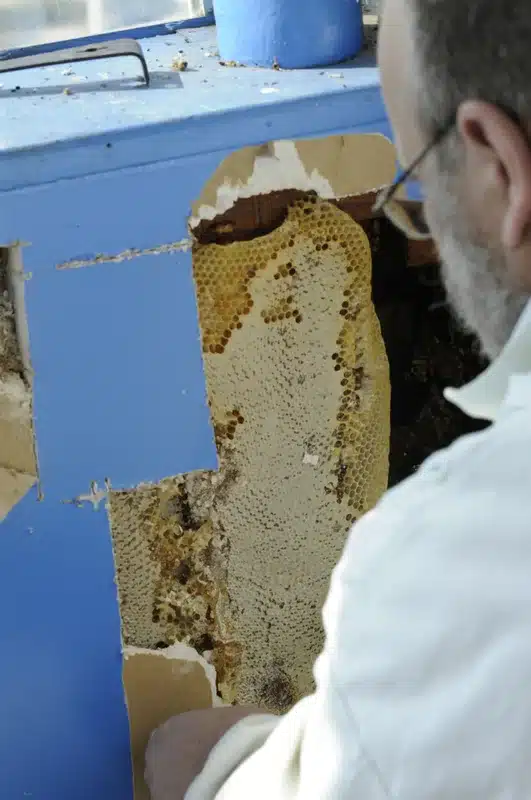
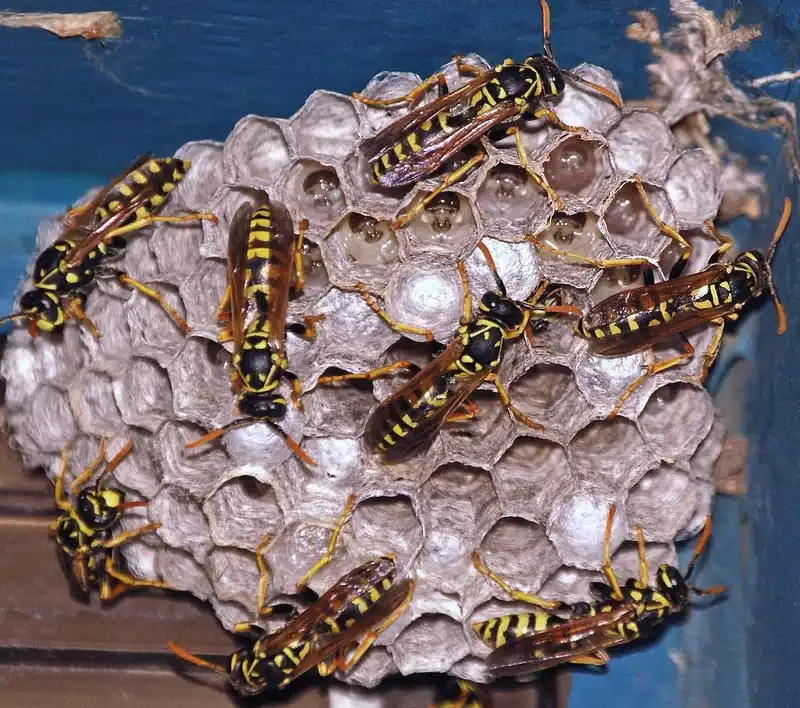
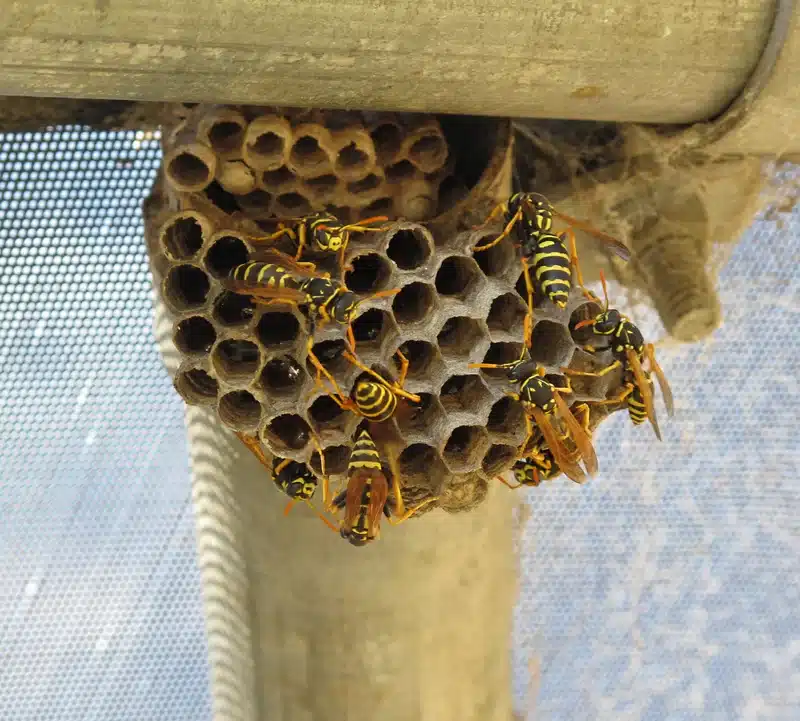
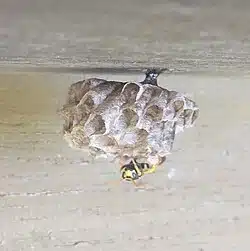

Understanding how bumble bees sting and nest helps you protect your family and home. If you spot a nest or have questions, call us at 703-683-2000 or email info@bettertermite.com for an estimate.
A bumblebee survives and flies away. It may sting again if it feels threatened.
Pain is similar, but honeybee stings hurt more when the barbed stinger rips free of the bee.
Though stings are painful, bumble bee venom often ranks lower on the pain scale than wasp stings.
Only honey bees die after stinging. Bumble bees stay alive since their stinger has no barbs.
Yes. Bumble bees can sting multiple times because their smooth stinger never catches.

With five years of hands-on experience in the pest control industry, George Schulz is a registered technician with the Virginia Pest Management Association and a proud third-generation professional in a family business that’s been protecting homes for over 57 years. He manages and trains a team of service pros while also leading internal research efforts—recently spearheading a deep-dive review of thousands of documents on pest control materials to hand-pick the most kid and pet friendly, most effective solutions tailored specifically for homes in the DC metro area. Read his bio.

